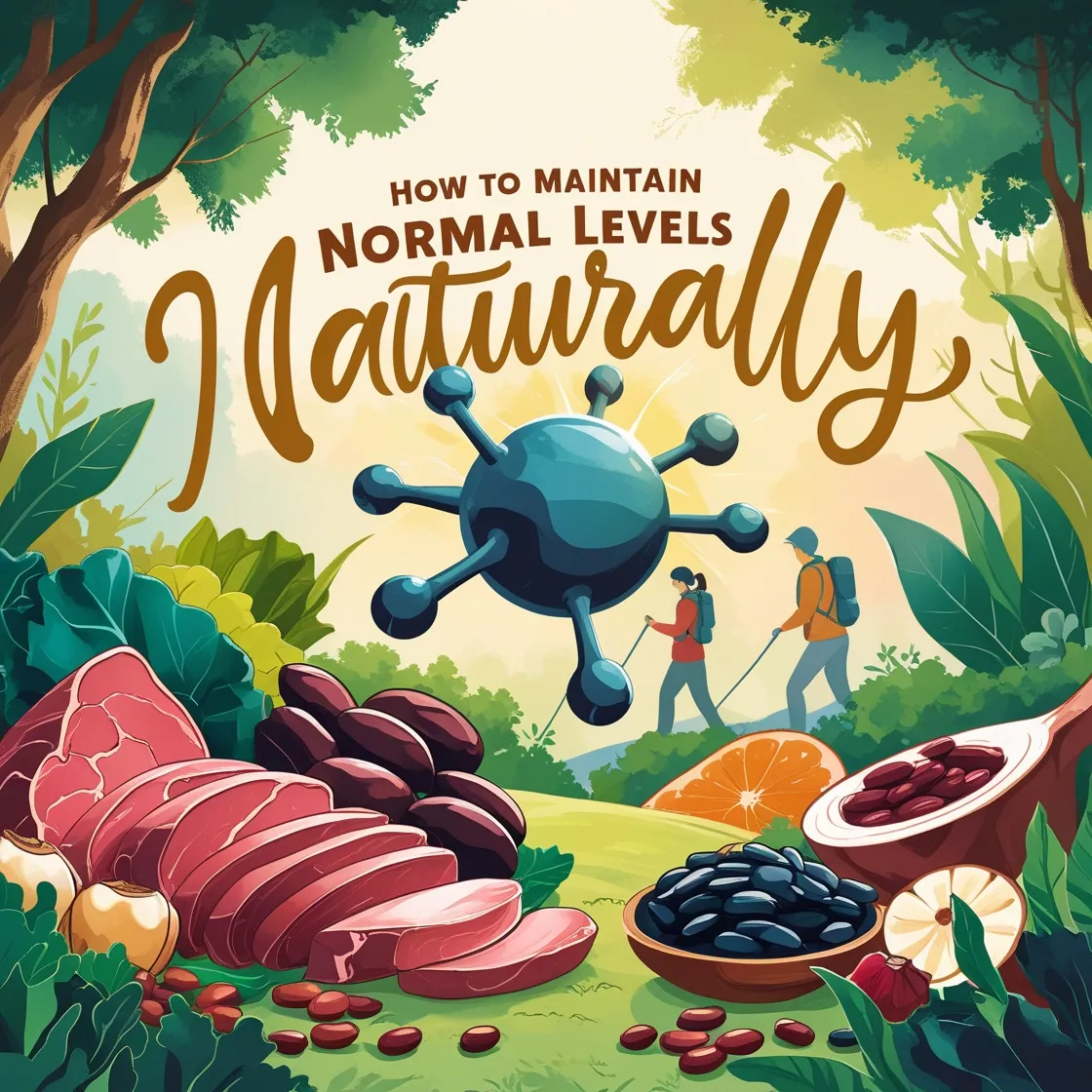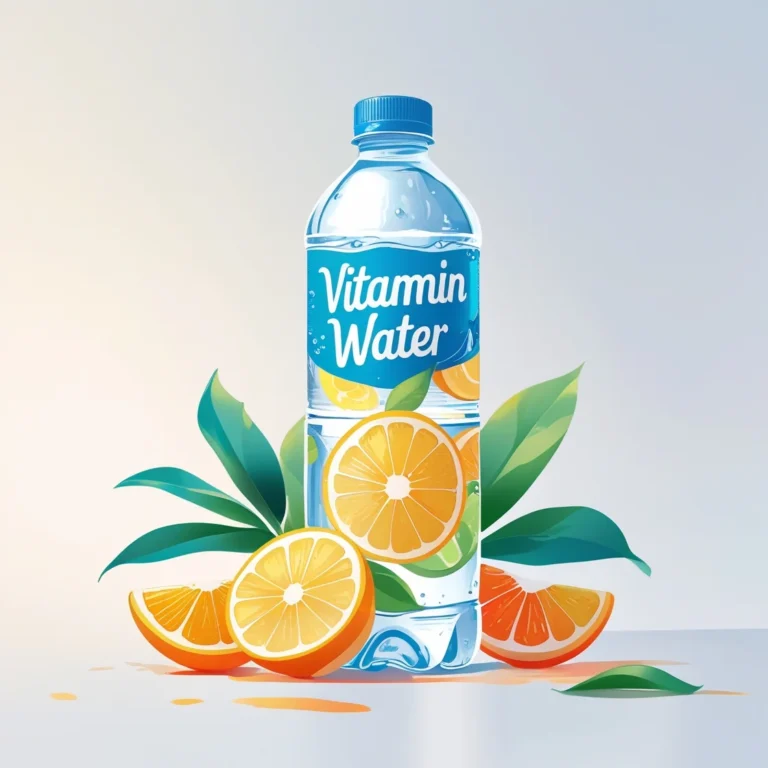How to Maintain Normal Iron Levels Naturally
How to Maintain Normal Iron Levels Naturally. Iron deficiency is the most common mineral deficiency, and iron deficiency anemia affects approximately 20% of the world’s population. Iron deficiency without anemia is even more common. It is an important public health problem in Australia. The World Health Organization (WHO) estimates that 8% of preschool children, 12% of pregnant women, and 15% of non-pregnant women of reproductive age in Australia have anemia, with iron deficiency being the major cause. Anaemia is highly prevalent in indigenous communities. A study of an Aboriginal community in Western Australia identified anemia among 55% of women and 18% of men. Although it is three times as common as iron deficiency anemia, iron deficiency without anemia is an under-recognized and undertreated condition.

Iron deficiency
Approximately 70% of the iron in adults is found within hemoglobin in red blood cells, so anemia is the most readily recognized effect of iron deficiency. However, it is now apparent that iron deficiency in the absence of anemia also has unfavorable consequences.
While there is extensive literature surrounding iron deficiency anemia, there is a paucity of evidence in non-anaemic iron deficiency. The current literature is predominantly based on small studies with often heterogeneous populations. As a result, there are no firm pathways to guide investigations, treatment, and monitoring.
Risk factors
The maximum absorption of iron from the diet is less than the body’s requirements for iron, resulting in a risk of iron deficiency. In infants and young children aged 0-to-15 years, rapid growth consumes the iron stores that accumulate during gestation, which can lead to an absolute deficiency. Adolescent girls and women of childbearing age are particularly at risk of IDA because of menstrual iron losses.
During pregnancy, iron needs are tripled because of the expansion of maternal red cell mass and the growth of the fetus and placenta. Anaemia is the most common medical disorder in pregnancy. Pregnancy causes a two-to-three-fold increase in the requirement of iron, and a 10-to-20-fold increase in the folate requirement. Daily iron supplementation is significantly associated with reduced risk of anemia at term.
Iron-Packed Foods For Combatting Anemia: Guide For Eating Natural Iron-Rich Foods: All You Need To Know About Iron Supplements
A diet plan for iron deficiency anemia needs to include a healthy balance of heme and non-heme iron-rich foods, such as meat and poultry, seafood, iron-rich vegetables, nuts and seeds, and beans. This book will teach you how to feed yourself to make up for your low iron. Chapters include:
All You Need to Know About Iron Supplements
Foods That Support the Absorption of Iron

Both pregnancy and lactation place heavier demands on the body for the use of iron and iron stores, particularly as the baby develops and when the body responds to the demands to nurture the baby during feeding. In addition, there are greater physical demands on the body when caring for a newborn, with the change in sleep and dietary patterns of the mother.
Symptoms
Symptoms of IDA include lethargy, fatigue, dizziness, shortness of breath, palpitations, and pale skin. Less-common symptoms include headache, tinnitus, pruritus, sore tongue, hair loss, pica, dysphagia, angular stomatitis, spoon-shaped nails, and restless leg syndrome.
Recognizing the Signs of Iron Imbalance
How to Maintain Normal Iron Levels Naturally. Imbalances in iron levels, whether too high or too low, can have serious consequences for your health. Symptoms of iron deficiency anemia may include:
Fatigue and weakness
Pale skin, lips, and nails
Shortness of breath
Rapid heartbeat
Headaches and dizziness
Decreased cognitive function
Increased susceptibility to infections
On the other hand, excessive iron levels can lead to:
Abdominal pain and nausea
Joint pain
Liver damage
Heart problems
Increased risk of diabetes
*While hemochromatosis is a genetic disorder that can cause elevated iron levels, it is crucial to recognize that not all cases of high iron are due to this condition, and other factors such as diet, supplementation, or underlying health issues may also contribute to increased iron storage in the body.
How to Prepare for the Test
This simple blood test can be performed in the office or at a lab. In most cases, your physician will recommend that you fast for at least 12 hours before having the test. In this case, only water is allowed. Because iron levels are generally higher in the morning, your health care provider may request that you make an early appointment to get the appropriate results.
What Do the Results Mean?
Serum iron ranges vary between men and women. For men, the average range is approximately 65 to 176 µg/dL. For women, the range averages from 50 to 170 µg/dL. While certain individuals may consistently have readings slightly outside of these ranges with no problems, any changes in the patient’s normal results can indicate a potential problem.
Low iron. Results below 65 µg/dL for men and 50 µg/dL for women may indicate the presence of anemia. Symptoms of low iron may include:
- Fatigue
- Weakness
- Headache
- Pale skin
High iron. Results that lie above 176 µg/dL for men and 170 µg/dL for women may indicate the presence of iron overload or hemochromatosis. Symptoms of high iron include:
- Joint pain
- Abdominal pain
- Lack of energy
- Weakness
Further Testing
If your iron studies come back too low or too high, your health care provider may recommend additional testing to specifically determine the source of the problem. This will help in making the appropriate treatment recommendations.
- Trasferrin saturation
- TIBC: total iron-binding capacity
- UIBC: unsaturated iron-binding capacity
- Serum ferritin
Iron and nutrition
If you are low in iron, diet alone won’t be enough to boost your levels. However, it’s still a good idea to make sure you’re eating a diet rich in iron. This can help you maintain your levels once they’re back to normal.
What’s the best food for iron?
There are two types of iron in food: ‘haem iron’, which is found in meat, and ‘non-haem iron’, which is found in plants.
Your body absorbs hemo iron much more easily than non-hem iron. Meat also contains a lot more iron than plants; however, a well-balanced vegetarian diet can still provide enough iron.
What’s the best way to eat iron-rich foods?
You can increase (or decrease) your iron absorption by having certain other foods, drinks, and medications.
- Red meat contains a lot of iron.
- Vitamin C increases your body’s absorption of iron. Fruits and leafy green vegetables are good sources of vitamin C. These are at their best when raw, lightly cooked, or steamed.
- Foods and drinks that reduce the amount of iron your body can absorb include chocolate, unprocessed bran, tea, coffee, red wine, and cola drinks.
- Antacids can also reduce iron absorption, as can other medications.
The Many Functions of Iron
Iron is an essential mineral, which means your body can’t make it on its own and you must get it from outside sources. Your body uses iron to perform many important functions, but you may know it best for the role it plays in your blood. Without iron, your body wouldn’t be able to make hemoglobin, which carries oxygen in your blood, or myoglobin, which carries oxygen to your muscles.
While iron is essential for carrying oxygen to all the cells, tissues, and organs in your body, that’s not its only job. Iron is also necessary for normal growth and development, proper functioning of your cells, the formation of connective tissue, and synthesizing certain hormones.
Your Iron Needs
To maintain normal iron levels, it’s important that you know how much iron you need each day. As an essential nutrient, it must come from either the food you eat or from a supplement. Daily iron needs for women vary depending on your age; your needs also change during pregnancy and lactation.
- Age 14 to 18: 15 milligrams
- Age 19 to 50: 18 milligrams
- Age 50 and older: 8 micrograms
- Pregnancy: 27 mg
- Lactating age 14 to 18: 10 milligrams
- Lactating age 19 to 50: 9 milligrams
By comparison, adult men of all ages only need 8 milligrams of iron each day.
Iron Deficiency Treatment
You can improve your anemia levels with food or nutritional supplements. Iron from food is available in two forms: heme iron and nonheme iron. Heme iron is more bioavailable, which means it’s easier for your body to absorb than nonheme iron.
- Sources of heme iron: meat, poultryand seafood
- Sources of nonheme iron: beans, whole grains, lentils, tofuand raisins
You can improve your absorption of iron from either the heme or nonheme source by combining it with foods rich in vitamin C, such as tomatoes, strawberries, potatoes, oranges, and bell peppers.
Iron deficiency treatment suggested meal plan:
- Breakfast: Oatmeal topped with raisins and made with plant milk fortified with iron
- Lunch: Grilled chicken salad topped with sliced strawberries, garbanzo beansand walnuts
- Dinner: Lentil soup with a tomato salad
- Snack: Hummus with red and green bell pepper slices
Most multivitamins specific for women contain 18 milligrams of iron and are a good choice if you’re struggling to meet your daily needs from food alone. You can also take iron as an individual supplement, but talk to your doctor about the most appropriate dose. Consuming high doses of iron in supplement form may cause side effects such as nausea or constipation.
If you take a calcium supplement, you should take your iron and calcium at different times. Calcium can interfere with iron absorption, and you may not get all that you need.
Why Your Anemia Levels Matter
Iron-deficiency anemia is the most common form of anemia. If it goes undiagnosed or untreated, your anemia may lead to other health issues, such as depression, a change in heart function, or an increase in your risk of infections. If you already have an underlying health issue, your iron-deficiency anemia may impair your treatment or worsen your condition.
Benefits of Boosting Iron Levels
No doubt, you’ll feel a whole heck of a lot better when you have normal iron levels, but you may also experience additional benefits. According to a 2019 study published in the Journal of Nutrition on iron-deficient women, iron supplementation improved exercise endurance and performance.



